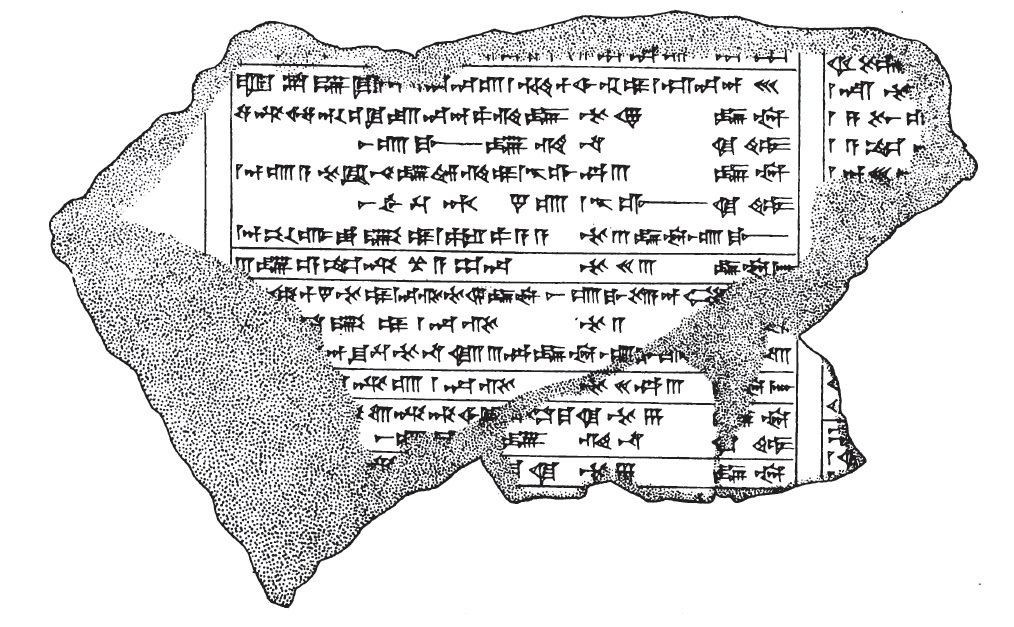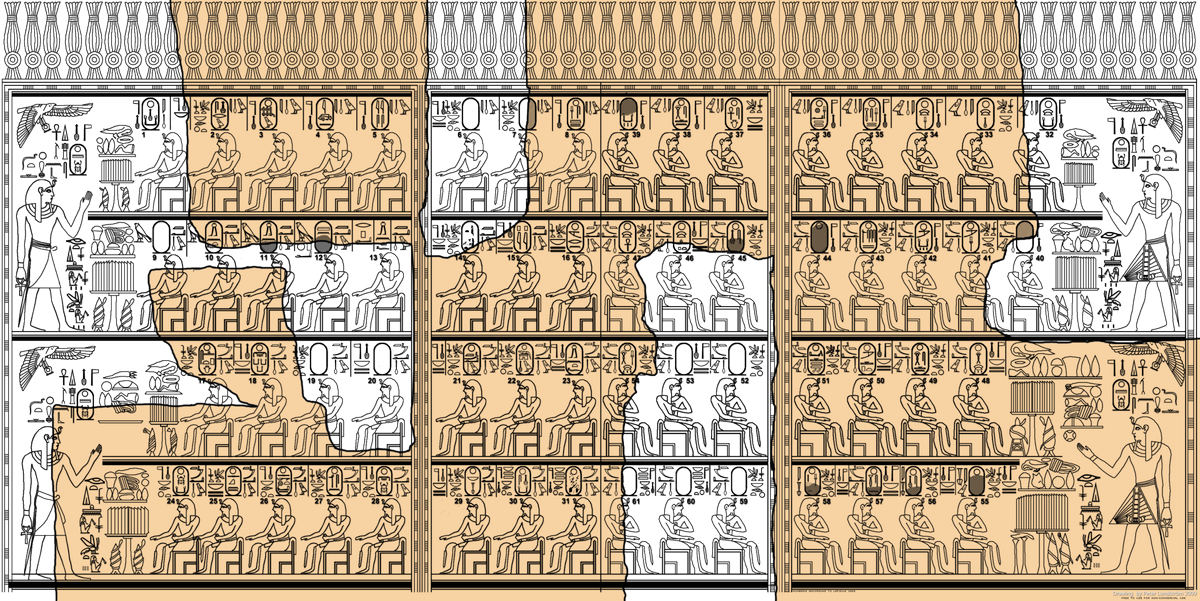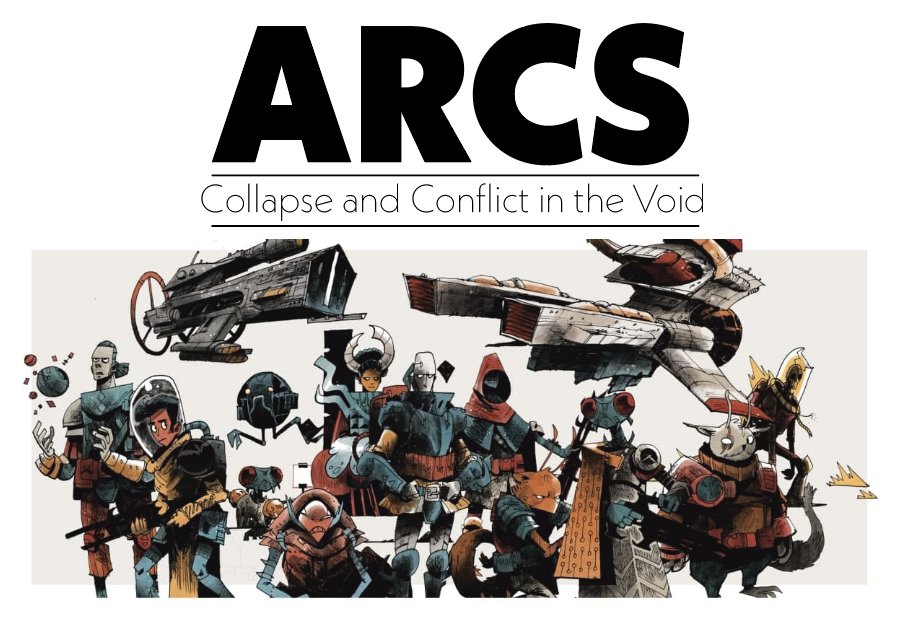Here's a funny #oathboardgame conundrum that has almost nothing to do with game design, but I'm finding pretty fun to work though. It has to do with the design for the game's little journal.
The basic idea is simple. It'll be a smallish chapbook, with a nice embossed cover and a page dedicated to each play that allows players to record information each game. Much will be unstructured but there will be places where less ambitious players can make a quick record.
When you print books like this, it's a lot cheaper to have all of the pages be the same, which is fine because that's all this book needs to do. HOWEVER, I really wanted to use the end-papers for something special.
When we play Oath in the office, I find that we talk a lot about how long each kingdom lasts, how it falls, and when a dynasty within the kingdom gets usurped by another. I wanted a way to make this meta game readily accessible and I knew the perfect way to do it: a timeline.
But, I'm running into a funny aesthetic problem. A lot of Oath's art and design draws on the early half of the middle ages for inspiration. There are a lot of touchstones and sources to draw on, but one thing that period lacks, I think, are timelines.
As I dug around and couldn't find anything, I was reminded of @JamesGleick 's wonderful book Time Travel where he points to the newness of the idea of time travel.
One of my favorite examples from his book is the absolute newness of folks celebrating the passage of a century which itself seems to be a practice that is less than 200 years old.
Sure enough, some digging into the OED shows that the word "timeline" is quite new (first used in 1867) and "chronology" isn't too much older with a first usage at 1593.
One big exception here might be things like the Bayeux Tapestry, which does record a series of events. But it doesn't have anything like the same scope of the kinds of timelines I'm thinking about.
And you do see big tapestries with a genealogical focus, espeically in the 16th century or after. Though once I started looking at more genealogical-driven art a lot more started cropping up. ("Family Tree" first appears in 1297!)
I guess this sort of makes sense. Something like a general chronology or timeline requires a vantage point that is outside at least some of its action and that understands the passage of time as a gradual and even force.
The closest I was bound to get was something like a list of kings, which are some of the oldest forms of writing we have. Something like the Babylonian Dynastic Chronicle (circa 730 BCE). 

And, of course, there are all of those fragments from Egypt like the Palermo Stone or the Karnak king list. 

Sure these kinds of chronicles count as some kind of time travel, right?! Weirdly, this is the second time I've run into this problem with Oath. When I started Oath, I wanted it to cover the history of many nations and by more about a borderland.
But, the kinds of historiography required to do comparative histories that would understand a borderland are simply anachronistic to the game. So, in order for players to understand/tell history, the game's history-making had to be more fundamental, even crude.
In contrast to a big comparative history covering the movement of people's across lands, technological change and economic development, something like a dynastic chronicle gels perfectly with the game's aesthetic and mechanical design. They are about one thing: power.
So, in sum, instead of drawing on colorful timelines and charts from the 18th and 19th centuries to make that timeline spread, it makes more sense to use a stone motif and think in terms of monuments and great halls where the records are quite literally chiseled into the walls.
Well, it's either that or we find a way to include a little clay tablet along with a little chisel and mallet in every copy!
And this whole line of thinking also reminds me about the degree to which all design practices must embrace anachronism, make serious aesthetic compromises, and hope that the whole is greater than the sum of its parts.
• • •
Missing some Tweet in this thread? You can try to
force a refresh






